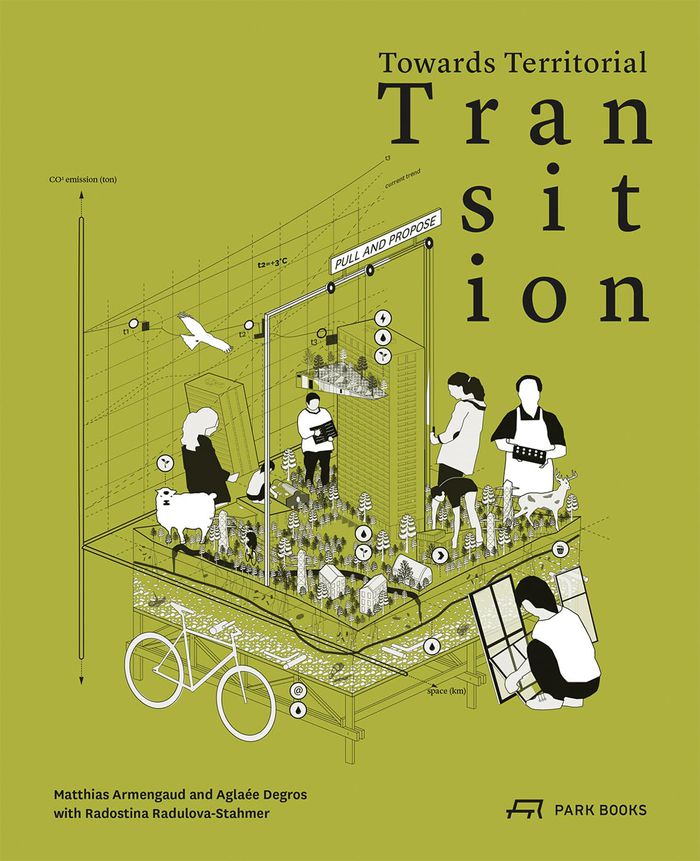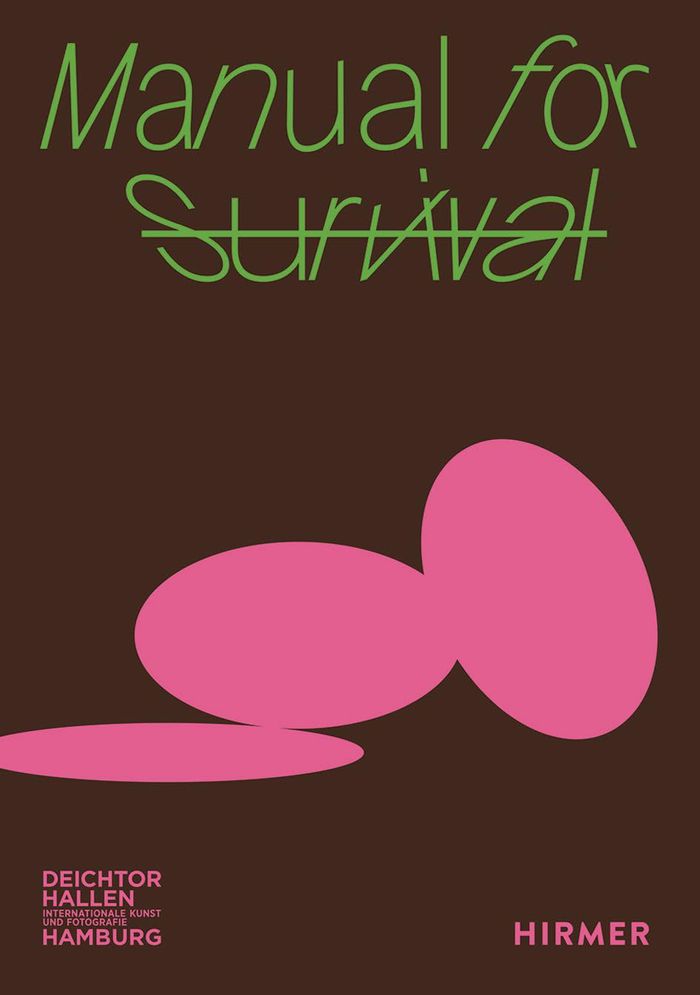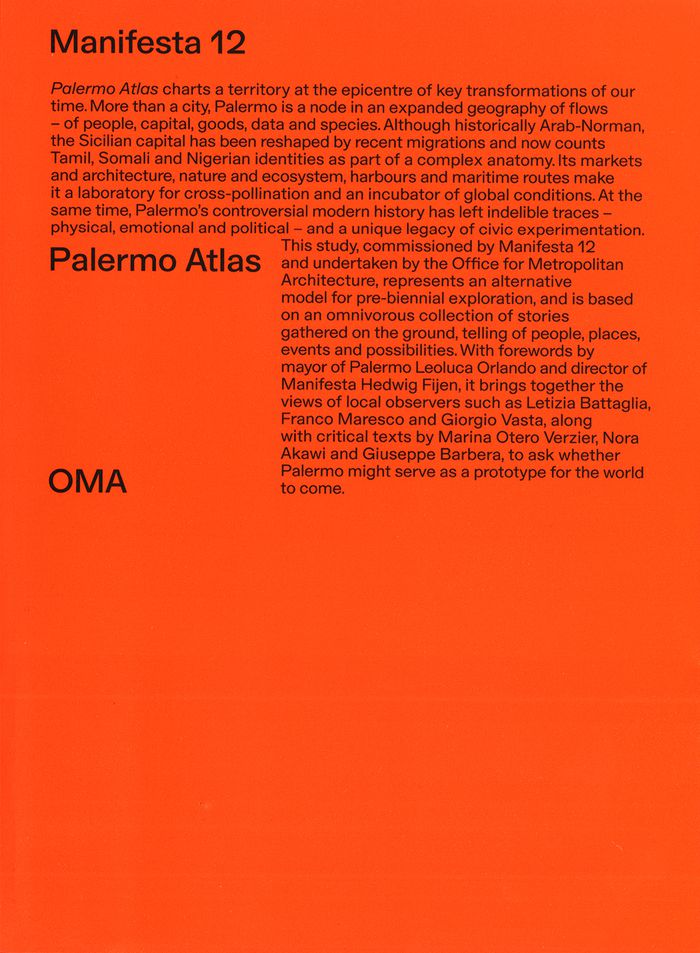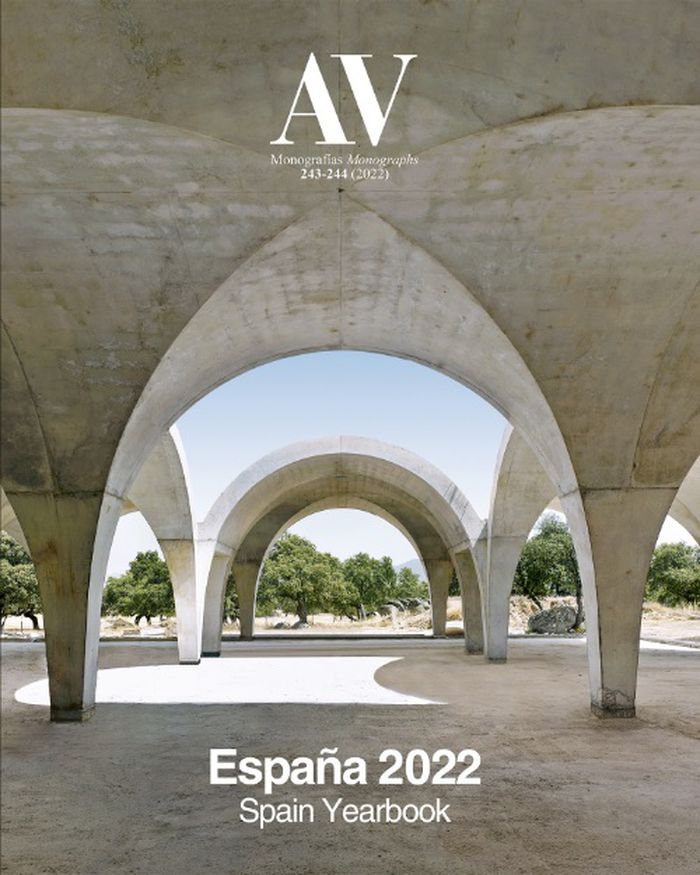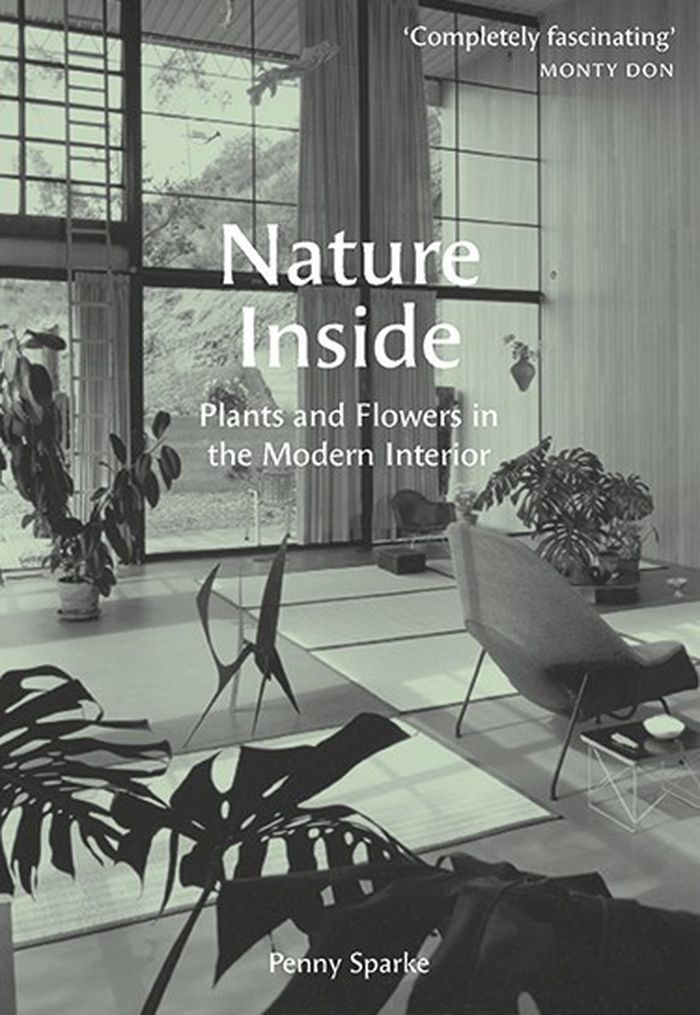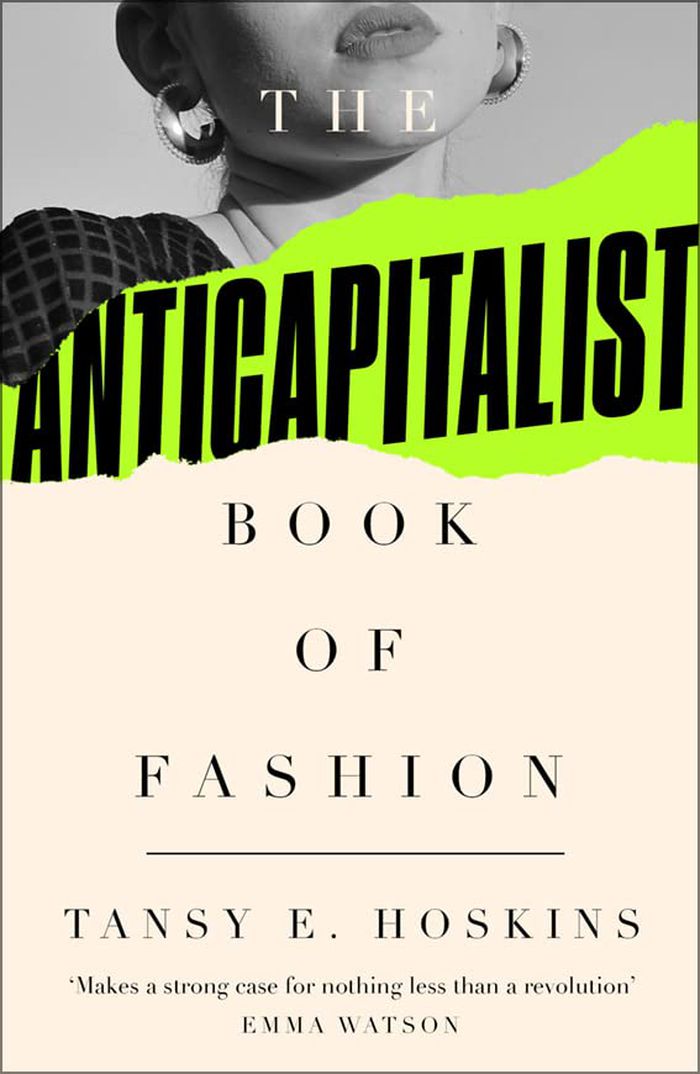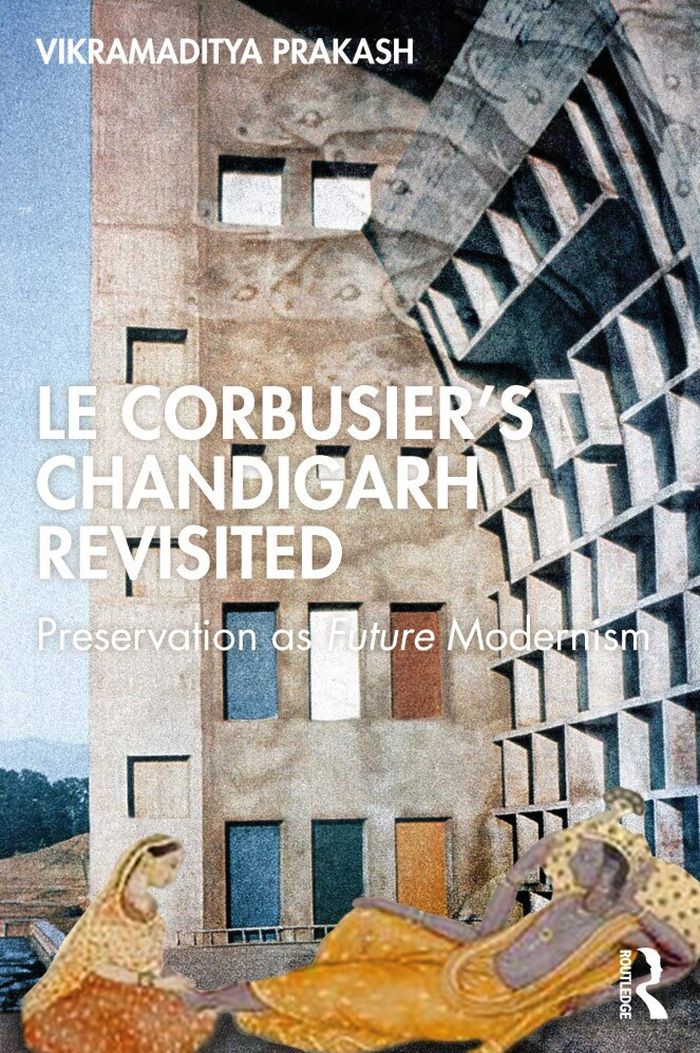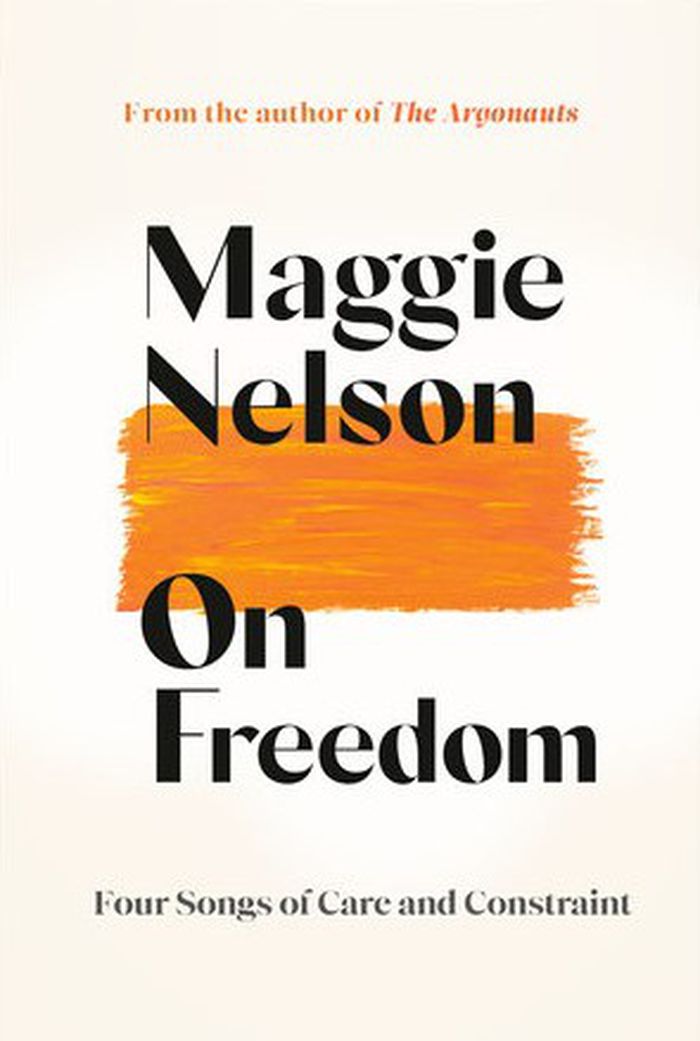$68.95
(disponible en magasin)
Résumé:
''Towards territorial transition'' presents new spatial strategies, concepts, and approaches for shaping large-scale and transnational developments in architecture and urban design towards decarbonization and ecological transition. The contributions investigate interactions between ecological and resource-related systems and landscapes. They also explore potential(...)
Towards territorial transition: A plea to large scale decarbonizing
Actions:
Prix:
$68.95
(disponible en magasin)
Résumé:
''Towards territorial transition'' presents new spatial strategies, concepts, and approaches for shaping large-scale and transnational developments in architecture and urban design towards decarbonization and ecological transition. The contributions investigate interactions between ecological and resource-related systems and landscapes. They also explore potential solutions to address and deal with the dramatic threats posed by climate change and the emerging social crisis. The book introduces six basic terms of territorial transition—territory, scale, transition, resource, platform, and uncertainty—and visualizes them with spatial strategies elaborated at the École nationale supérieure d’architecture Versailles and at Graz University of Technology. Moreover, it presents a selection of transnational projects of territorial transition, such as Luxembourg in Transition (Luxembourg / France), Grand Genève (Switzerland / France), and Top Noordrand (Belgium).
Architecture écologique
Manual for survival
$60.00
(disponible sur commande)
Résumé:
Survival is a common practice. We cannot do it alone—we need each other. We need tools and practices that help us to connect, understand, and build in this age of climate crisis, technological upheaval, and existential pain. We need words, values, and ideas that extend beyond the human space. We need to learn and we need to unlearn. This book makes other world designs(...)
Manual for survival
Actions:
Prix:
$60.00
(disponible sur commande)
Résumé:
Survival is a common practice. We cannot do it alone—we need each other. We need tools and practices that help us to connect, understand, and build in this age of climate crisis, technological upheaval, and existential pain. We need words, values, and ideas that extend beyond the human space. We need to learn and we need to unlearn. This book makes other world designs accessible through and beyond artistic practice. Rooted in experiment and based in solidarity, the works incorporate elementary questions of ecology, technology, and spirituality to demonstrate how cultural survival requires new cultural practices. With innovative texts and rich illustrations, "Manual for survival" explores the idea that we have to learn to live and think in contradictions without losing ourselves.
Social
Palermo Atlas
$52.95
(disponible sur commande)
Résumé:
''Palermo Atlas'' is an interdisciplinary analysis of the city of Palermo commissioned by Manifesta 12 and undertaken by the Office for Metropolitan Architecture. The research explores the architecture, archaeology and anthropology of the city, its historical archives and personal stories. On one hand, it is a mosaic of identities, cultures and ecosystems, the result of(...)
Palermo Atlas
Actions:
Prix:
$52.95
(disponible sur commande)
Résumé:
''Palermo Atlas'' is an interdisciplinary analysis of the city of Palermo commissioned by Manifesta 12 and undertaken by the Office for Metropolitan Architecture. The research explores the architecture, archaeology and anthropology of the city, its historical archives and personal stories. On one hand, it is a mosaic of identities, cultures and ecosystems, the result of centuries of encounters and exchanges between civilisations. On the other, it is the stage of the great social and environmental challenges of our time, from the migration crisis to climate change. Drawing on this complexity, ''Palermo Atlas'' sets out to host a reflection on social and environmental renewal, outlining a research model capable of making a long-term impact on the city and its inhabitants.
Biennale
$115.00
(disponible en magasin)
Résumé:
After the traumatic experience of the previous year, 2021 was the year of overcoming the pandemic and of preparing for a long-awaited return to normalcy. The AV Monographs Yearbook goes over the most important events of the period, gathering twenty-four buildings that represent the best architecture constructed in Spain. Aside from a few large-scale works, like the(...)
AV Monographs 243-244: Spain Yearbook 2022
Actions:
Prix:
$115.00
(disponible en magasin)
Résumé:
After the traumatic experience of the previous year, 2021 was the year of overcoming the pandemic and of preparing for a long-awaited return to normalcy. The AV Monographs Yearbook goes over the most important events of the period, gathering twenty-four buildings that represent the best architecture constructed in Spain. Aside from a few large-scale works, like the Córdoba Library by Paredes Pedrosa or the Celta FC Sports City by Irisarri Piñera, the selection clearly reflects how the climate crisis has become a top priority for architects, especially the younger ones, who choose sustainable materials like wood, used in the apartments by Peris Toral and by Bosch Capdeferro, in the fire station by Josep Ferrando, or in the small social pavilion by Behark.
Revues
$35.95
(disponible sur commande)
Résumé:
''Oceans'' cover more than 70 percent of the Earth’s surface, dividing and connecting humans, who carry saltwater in their blood, sweat, and tears. They also represent a powerful nonhuman force, rising, flooding, heating and raging in unprecedented ways as the climate crisis unfolds. Artists have envisioned the sea as a sublime wilderness, home to mythical creatures and(...)
Oceans: Documents of contemporary art
Actions:
Prix:
$35.95
(disponible sur commande)
Résumé:
''Oceans'' cover more than 70 percent of the Earth’s surface, dividing and connecting humans, who carry saltwater in their blood, sweat, and tears. They also represent a powerful nonhuman force, rising, flooding, heating and raging in unprecedented ways as the climate crisis unfolds. Artists have envisioned the sea as a sublime wilderness, home to mythical creatures and bizarre species, a source of life and death, a site of new beginnings and tragic endings, both wondrous and disastrous. From migration to melting ice caps, the sea is omnipresent in international news and politics, leaking into popular culture and proliferating in recent art and exhibitions. This anthology gathers artists and writers to address the ocean not only as a theme but as a major agent of artistic and curatorial methods.
Théorie de l’art
$74.00
(disponible en magasin)
Résumé:
From ferns in 19th-century British parlors to contemporary 'living walls' in commercial spaces, plants and flowers have long been incorporated into the design of public and private spaces. Spanning two centuries, Nature Inside explores the history and popularity of indoor plants, revealing the close relationship between architecture, interior design, and nature. Studying(...)
Nature inside: Plants and flowers in the Modern interior
Actions:
Prix:
$74.00
(disponible en magasin)
Résumé:
From ferns in 19th-century British parlors to contemporary 'living walls' in commercial spaces, plants and flowers have long been incorporated into the design of public and private spaces. Spanning two centuries, Nature Inside explores the history and popularity of indoor plants, revealing the close relationship between architecture, interior design, and nature. Studying the international modern interior through the lens of plants in the human environment, author Penny Sparke attributes a degree of the interest in indoor plants to urbanization, and, more recently, the climate crisis, which serve as ongoing reminders that people must maintain a connection to, and respect for, the natural world. While architectural and interior design styles have evolved alongside the popularity of various plant species, the human need to bring nature indoors has remained constant.
Design d’intérieur
$27.95
(disponible sur commande)
Résumé:
Fashion is political. From the red carpets of the Met Gala to online fast fashion, clothes tell a story of inequality, racism and climate crisis. In this book, Tansy E. Hoskins unpicks the threads of capitalist industry to reveal the truth about our clothes. Fashion brands entice us to consume more by manipulating us to feel ugly, poor and worthless, sentiments that line(...)
The anti-capitalist book of fashion
Actions:
Prix:
$27.95
(disponible sur commande)
Résumé:
Fashion is political. From the red carpets of the Met Gala to online fast fashion, clothes tell a story of inequality, racism and climate crisis. In this book, Tansy E. Hoskins unpicks the threads of capitalist industry to reveal the truth about our clothes. Fashion brands entice us to consume more by manipulating us to feel ugly, poor and worthless, sentiments that line the pockets of billionaires exploiting colonial supply chains. Garment workers on poverty pay risk their lives in dangerous factories, animals are tortured, fossil fuels extracted and toxic chemicals spread just to keep this season's collections fresh. This volume goes beyond ethical fashion and consumer responsibility showing that if we want to feel comfortable in our clothes, we need to reshape the system and ensure this is not our last season.
Social
$73.95
(disponible en magasin)
Résumé:
Through a lively poststructuralist and postcolonial framework, this book explores issues of preservation, identity, meaning, and change, comparing how the Chandigarh we see today compares to the original plans and drawings. But this book also asks whether Chandigarh’s aesthetics, as well as the ethical tenets on which it was based, are still relevant to urban planning and(...)
Le Corbusier's Chandigarh Revisited: Preservation as future modernism
Actions:
Prix:
$73.95
(disponible en magasin)
Résumé:
Through a lively poststructuralist and postcolonial framework, this book explores issues of preservation, identity, meaning, and change, comparing how the Chandigarh we see today compares to the original plans and drawings. But this book also asks whether Chandigarh’s aesthetics, as well as the ethical tenets on which it was based, are still relevant to urban planning and architecture today. What lessons, if any, does the utopian ethos within modernism offer in the face of the climate crisis, rising authoritarianism, and the digital explosion? Via chapters focused on the hydrologics of the master plan, the symbolism of the Capitol buildings, and the archeology of the unbuilt Museum of Knowledge, this book makes the future-preservation case for Chandigarh as an ‘open’ work, a project that was set up by design to be ‘completed’ by others in times yet to come.
Architecture, monographies
$35.00
(disponible en magasin)
Résumé:
With its reliance on extracted materials and an intense use of resources, the process of construction begs the question whether real sustainability in architecture and planning is possible. For some, a short-term solution is "greenwashing": adopting strategies of simulated commitment instead of investing in actual change toward fewer emissions. NGOs have called out large(...)
On architecture and greenwashing: The political economy of space vol. 1
Actions:
Prix:
$35.00
(disponible en magasin)
Résumé:
With its reliance on extracted materials and an intense use of resources, the process of construction begs the question whether real sustainability in architecture and planning is possible. For some, a short-term solution is "greenwashing": adopting strategies of simulated commitment instead of investing in actual change toward fewer emissions. NGOs have called out large companies for "low integrity" pledges, pointing out the systemic ecological injustice that the built environment creates through material, wealth and labor extractivism. As institutionalized and commodified greenwashing hollows out the term, how do architects and designers position their work beyond a flattening universalistic understanding of sustainability? The first volume of a forthcoming series, "On architecture and greenwashing" is a collection of essays that presents a cross section of positions on architecture and its political economies, and explores ways to correct course in the face of the climate crisis.
L'écologie de l'architecure
$32.00
(disponible sur commande)
Résumé:
Drawing on a vast range of material, from critical theory to pop culture to the intimacies and plain exchanges of daily life, Nelson explores how we might think, experience, or talk about freedom in ways responsive to the conditions of our day. Her abiding interest lies in ongoing 'practices of freedom' by which we negotiate our interrelation with-- indeed, our(...)
On freedom: four songs of care and constraint
Actions:
Prix:
$32.00
(disponible sur commande)
Résumé:
Drawing on a vast range of material, from critical theory to pop culture to the intimacies and plain exchanges of daily life, Nelson explores how we might think, experience, or talk about freedom in ways responsive to the conditions of our day. Her abiding interest lies in ongoing 'practices of freedom' by which we negotiate our interrelation with-- indeed, our inseparability from -- others, with all the care and constraint that relation entails, while accepting difference and conflict as integral to our communion. For Nelson, thinking publicly through the knots in our culture -- from recent art world debates to the turbulent legacies of sexual liberation, from the painful paradoxes of addiction to the lure of despair in the face of the climate crisis -- is itself a practice of freedom, a means of forging fortitude, courage, and company.
Social
